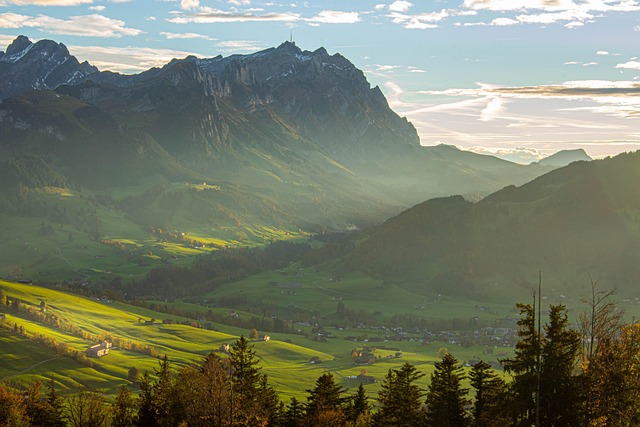Exploring Pagan Traditions: A Deep Dive into Ancient Holiday Celebrations
The rich tapestry of pagan traditions is woven through centuries of human history, often interlacing with the natural rhythms of the earth and the celestial cycles. Each holiday celebrated by ancient cultures offers insights into their beliefs and their close relationship with nature and the divine.
At the heart of many pagan practices is a deep reverence for the earth. Most pagan celebrations are centered around the seasons and agricultural milestones, marking the solstices, equinoxes, and the changing of the seasons. For example, the celebration of Samhain on October 31st, represents the end of the harvest season and the onset of winter. This festival not only honors the changing of the seasons but also pays homage to ancestors, marking a time when the veil between the living and the dead is believed to be thin.
During the winter solstice, Yule is celebrated, embodying the hope of rebirth and renewal. Observers would light bonfires and decorate trees, practices that manifest in modern holiday traditions. The essence of Yule is captured in the celebration of light triumphing over darkness, reflecting a universal theme found in many religions.Pagan beliefs often encourage a connection to the land, and these celebrations remind individuals to honor the cycles of life and death that permeate our existence.
Some of the most colorful festivities emerge during Beltane on May 1st, which heralds the arrival of spring and the fertility of the earth. Rituals here celebrate both human passion and productivity, often highlighted by dancing around the maypole and lighting bonfires. These customs reverberate with joy and vibrancy, inviting participants to embrace growth and new beginnings.
The celebration of Midsummer, or Litha, held during the summer solstice, is another example of how pagan holidays intertwine with the environment. As the longest day of the year, it embodies strength and vitality, encouraging communities to rejoice in the sun’s warmth. Traditional practices include feasting and gathering herbs, paying homage to the abundance provided by nature.
Through these celebrations, one can see how pagan traditions provide not just a calendar of festivals but also an underlying philosophy of living in harmony with the world. This relationship fosters a sense of belonging and purpose, allowing individuals to connect deeply with the land and with one another.
In revisiting these ancient traditions, modern practitioners of pagan religions find not only a historical framework but also a vibrant source of spiritual nourishment. As the seasons turn, these observances remind us of our place in the natural world and the enduring beauty of life’s cycles.




